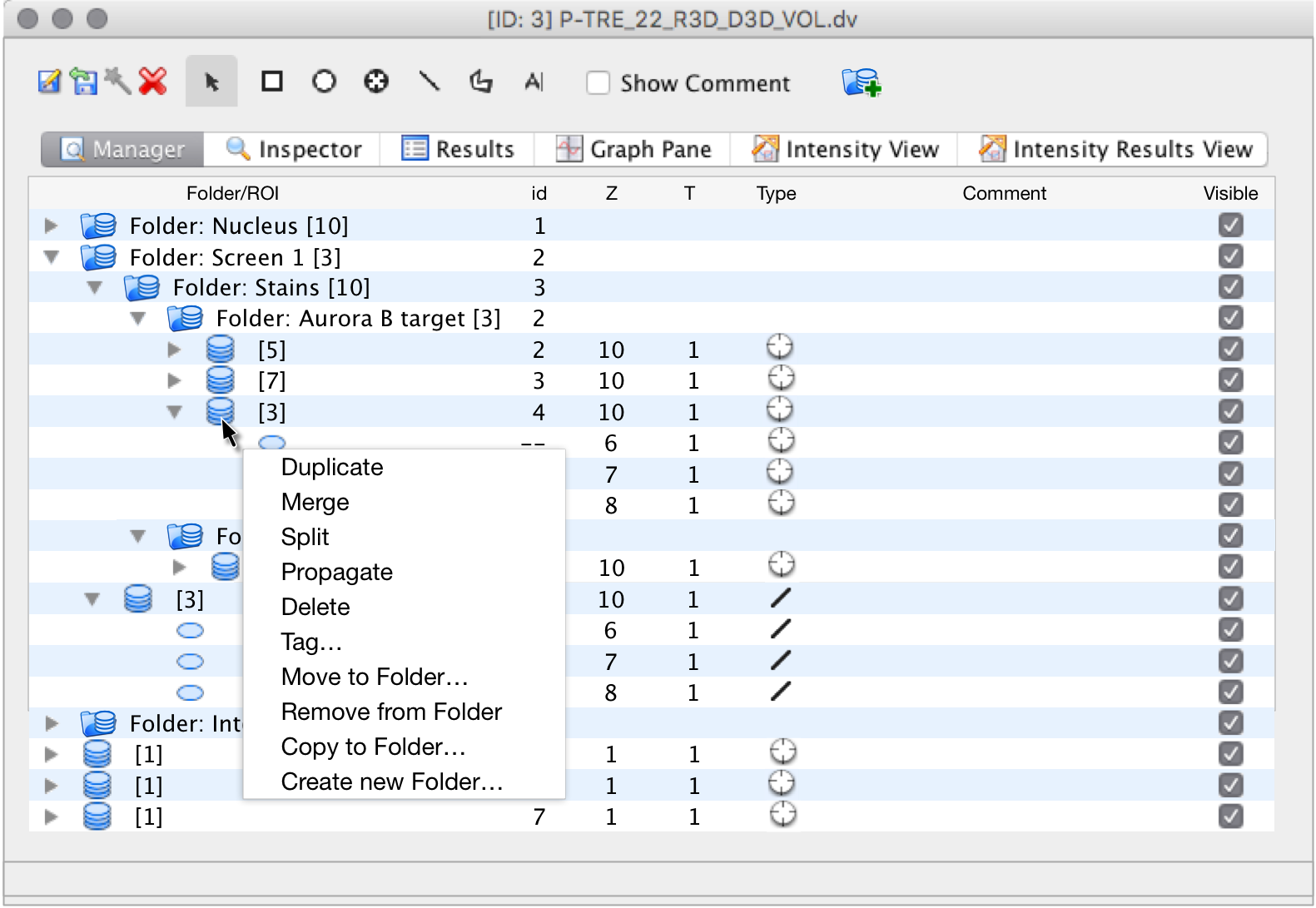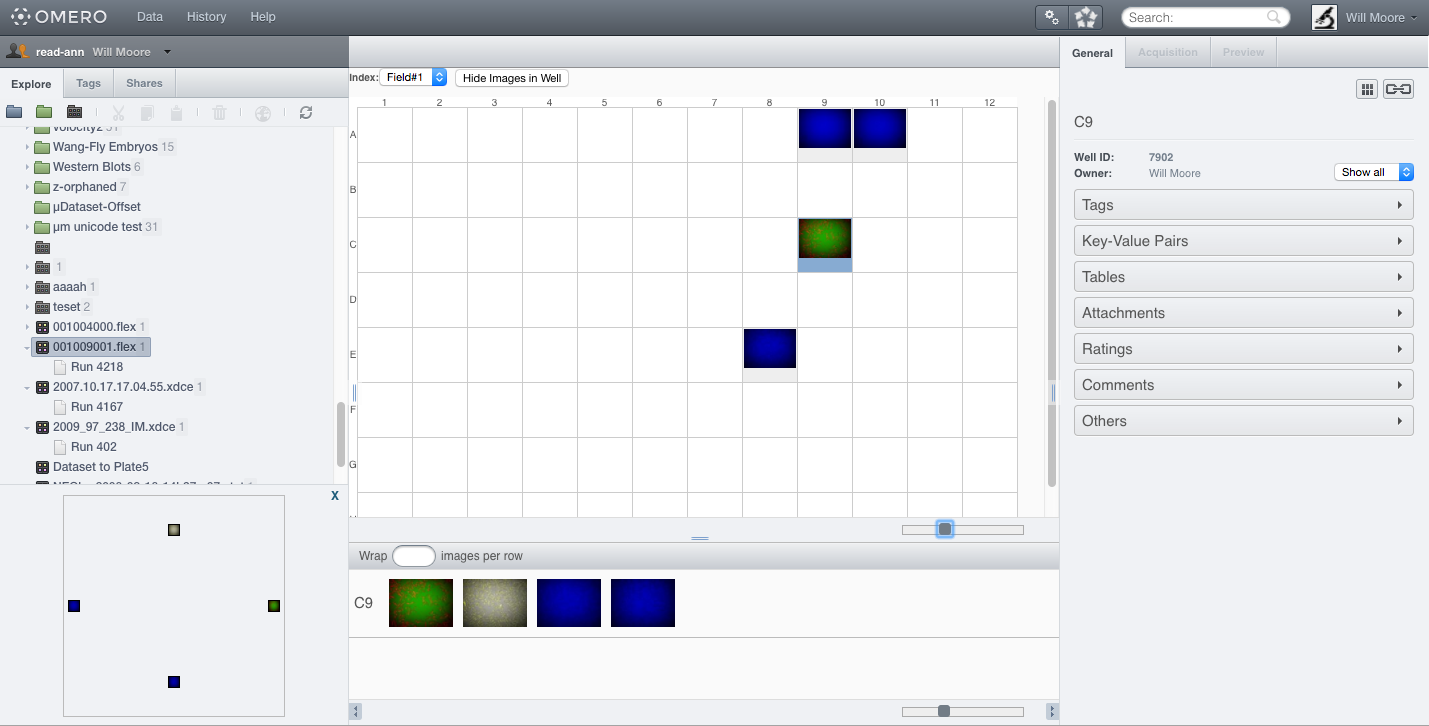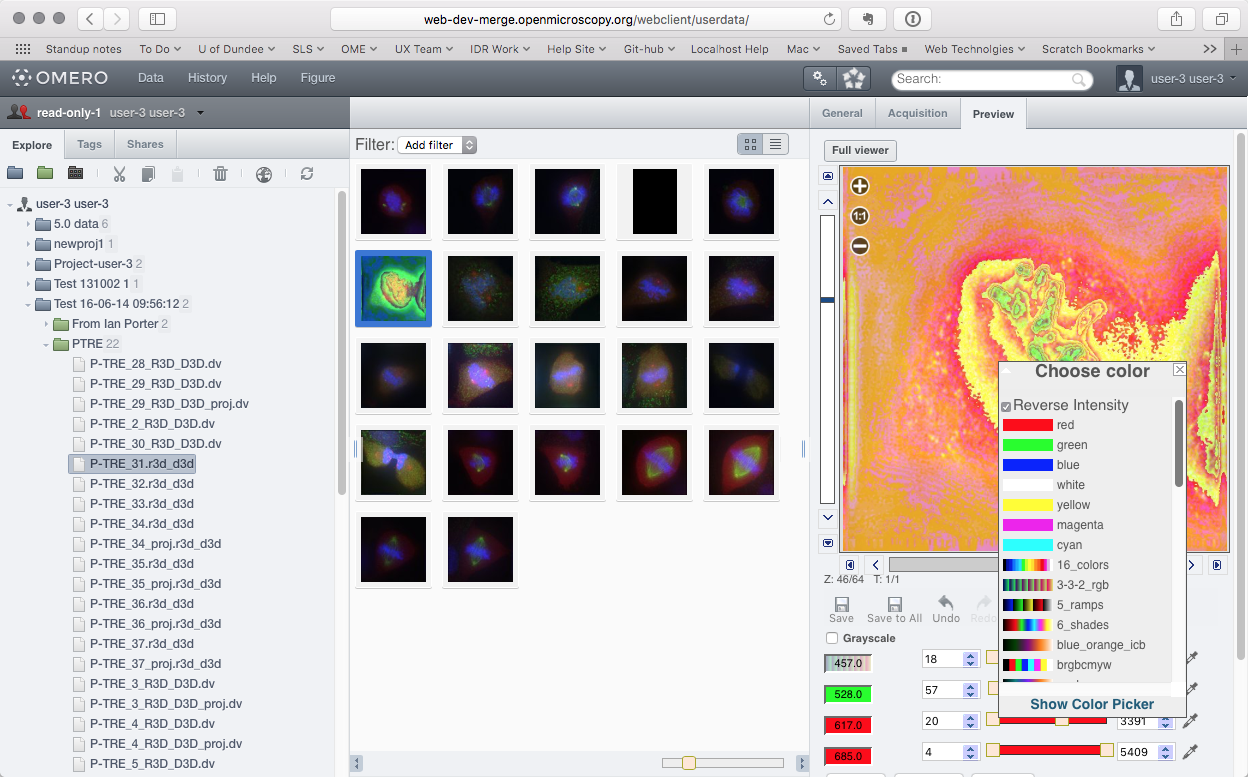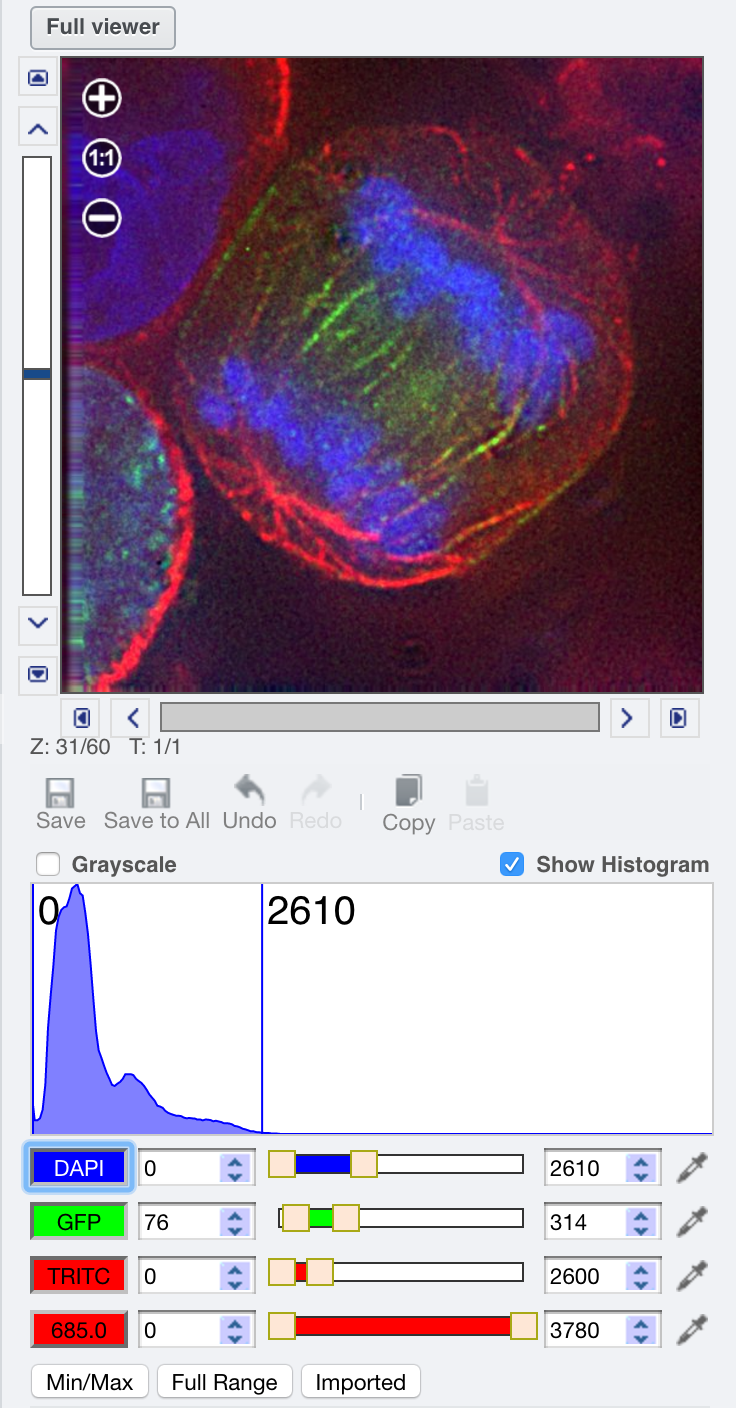2016 has been a busy year for OME. Many of you will have noticed the number of Bio-Formats releases and the fact that OME Files C++ is now available for implementing the OME Data Model and OME-TIFF support in C++ software (you can read our preprint here).
That doesn’t mean we haven’t been busy on the OMERO front though, we’ve pushed our deadline to make sure we can deliver several new features:
Data Management
As well as implementing the new Data Model, we have introduced the Folders feature discussed in a previous post. Folders will allow you to organize your images’ ROIs into a hierarchical structure so that, for example, you can sort cells into phenotypes or assign ontology terms to them, or use an analysis script to track entities across a set of images and then use a folder for each entity to store sightings of it in OMERO.insight.

UI development
We’ve been working on our metadata capturing and display, drawing lessons from our IDR project. We’ve also revamped the display of Screen-Plate-Well data to allow browsing of all fields within a well and display of their positions within each well. Zooming of the plate and fields are both supported. It is also possible to add and view annotations on individual wells (and not just the Images they contain).

Permissions improvements
To aid the workflows of facilities managers, we are designing a new ‘Light Admin’ role to the OMERO permissions system. This will allow a manager to import data for any other user (i.e. it will belong to the other user), delete other users’ data (for clean up e.g. after someone has left the lab), and manage user groups (creating groups and adding existing users to them) without having the full rights and responsibilities of a full Administrator. If you are interested in all the technical details, there is a design issue on GitHub.
Reading data
OMERO 5.3.0 will bundle Bio-Formats 5.3.x. This will include, amongst other changes, support for JPEG-XR compressed CZI data. This work was funded by a partnership between Glencoe Software and ZEISS. See announcement
Additionally, OMERO 5.3.x will benefit from the improvements in Bio-Formats 5.3.x for tile-base image writing for TIFF and derived formats like OME-TIFF. For more information about the plan for Bio-Formats 5.3, see Bio-Formats Development Status
Image rendering
We’ve introduced support for Lookup Tables and reverse intensity and improved the rendering engine to allow full projection thumbnails.

We’ve also added histograms of image pixel intensities in the OMERO.insight and OMERO.web clients.

OMERO.web architecture
A big effort has gone into making OMERO.web deployable as a separate component from the server and the various web apps installable from Python Package Index (PyPI). This has involved reorganizing all the packages. OMERO.web now has an ‘Open With’ function for using custom viewers and our next generation web image viewer (OMERO.iviewer) is coming on too. There has also been a lot of work behind the scenes to improve the Web API.
In line with this, our future client development will be very much focused on web clients and OMERO.insight will enter maintenance mode once the updates for 5.3.0 are complete.
Developer previews
If you’re a developer with your own OMERO code, you can check out the work so far to see if it’ll affect you. There are further details in the milestone version history and as ever, the code is all on GitHub (our latest development milestone is here).
Heads up for sysadmins
We’re changing our recommended way to install OMERO.web so you can deploy it separately to the main OMERO.server, making it easier to get your your virtual environment set up with all the necessary prerequisites. We have also deprecated support for Apache and recommend you deploy using Nginx as we are likely to drop Apache completely during the 5.3.x development line.
We are moving to Ice 3.6 as the minimum supported version. Other updates to version requirements include Python 2.7 but we will continue to support Java 1.7 for OMERO 5.3.x, as we are aware that upgrading to 1.8 would be incompatible with current MATLAB distributions.
With the requirements changes mentioned above, we are also considering no longer deploying and building OMERO on CentOS 6 to reduce our testing matrix. It will still be possible to use OMERO on CentOS 6 with the minimum requirements. See OMERO.server installation on CentOS 6 with Python 2.7 and Ice 3.6
Note that we are in the process of updating the documentation so although a preview of the code changes is publicly available, you should not expect all the milestone documentation to reflect these changes before the final release.
Release schedule
As a consequence of all this work, OMERO 5.3.0 is still under development and is now not expected until the first quarter of 2017.

